A Historical Tour of Marie Antoinette in France
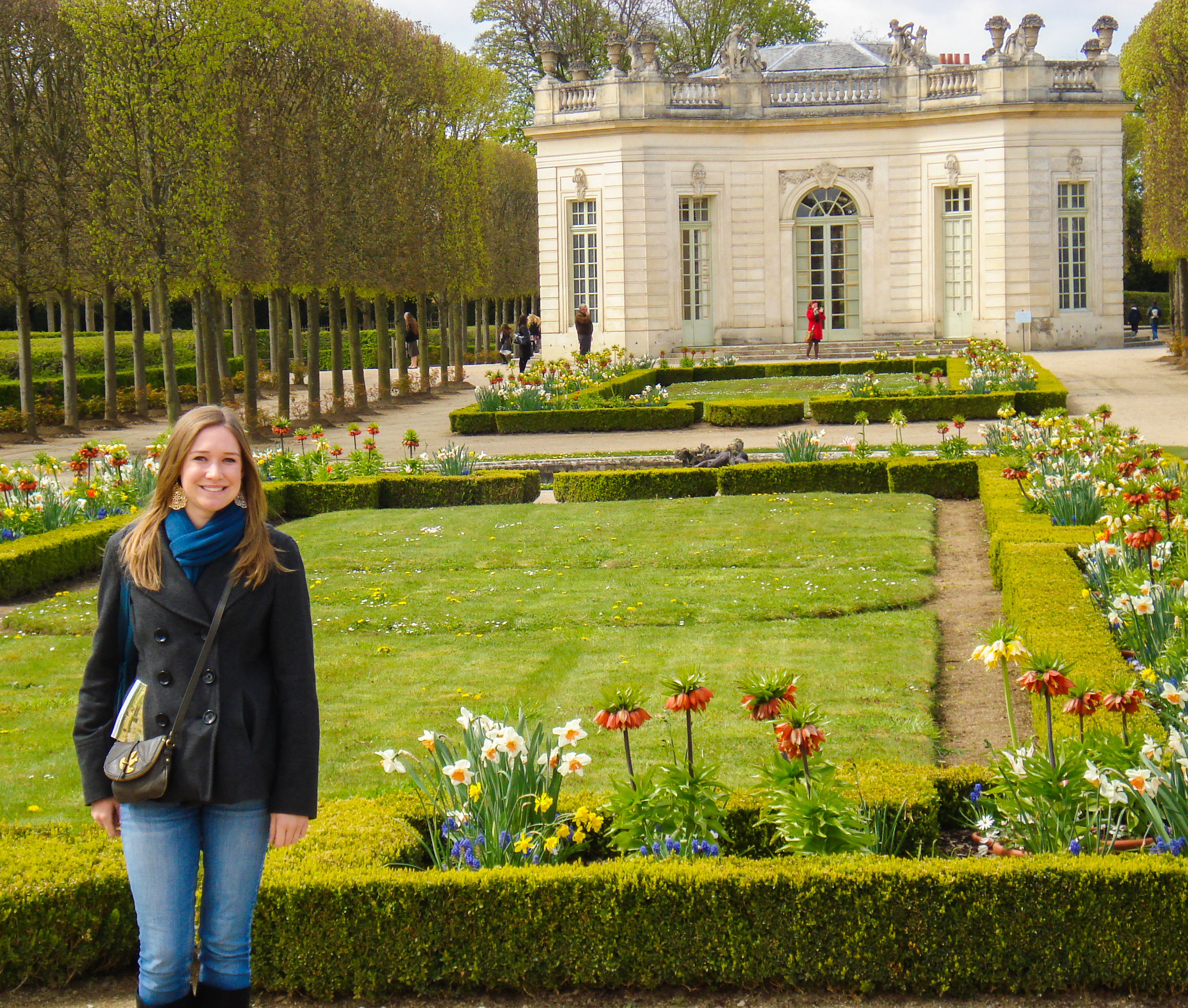


I have always had a slight fascination with Marie Antoinette. It probably has something to do with the 2006 Marie Antoinette movie starring Kirsten Dunst, but nonetheless Marie Antoinette led a very sad but interesting life.
At just 14 years old on May 16, 1770, she was forced to leave her home and family to marry Louis-Auguste, heir to the French throne. Her mother, the Empress of Austria, wanted to end hostilities with France and gain an ally in order to destroy Prussia and Great Britain. The King of France and her mother sealed their alliance with the marriage of their children. Marie Antoinette had to renounce her heritage, move to another country, and learn a new culture to become the Dauphine of France. She did, however, move to beautiful Versailles! Then on May 10, 1774 she became the Queen of France at 18 years old, after King Louis XV of France died.
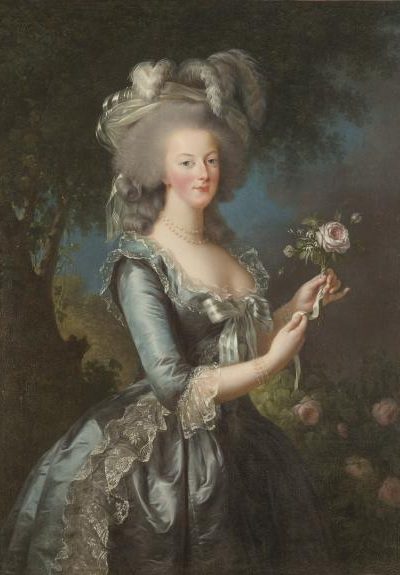
This is where our tour begins! As I have yet to visit Vienna, I thought it would be fun to take a tour of Marie Antoinette’s time in France starting with Versailles and her lovely Petit Trianon.
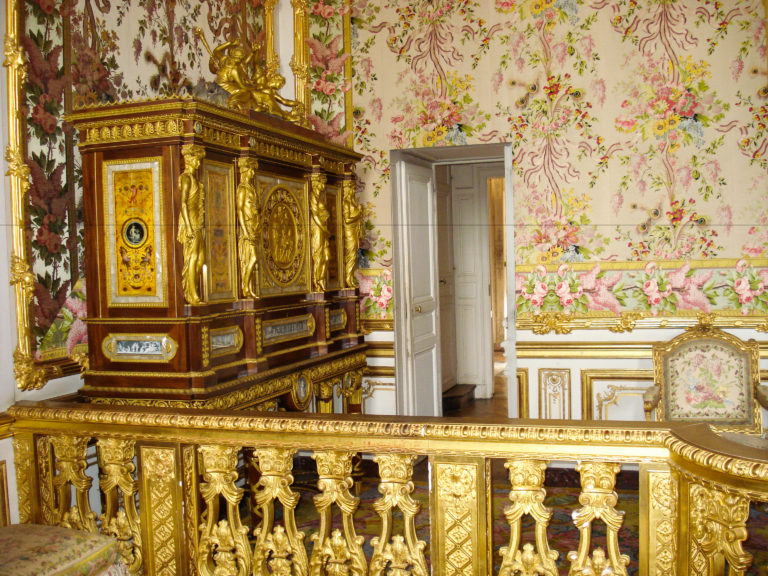
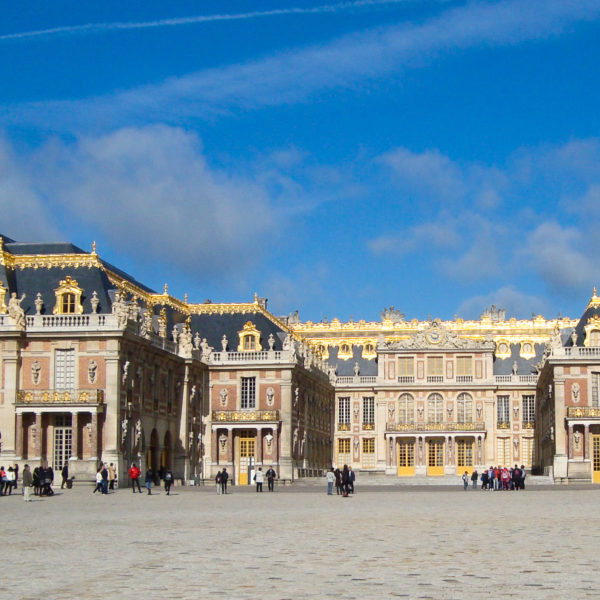
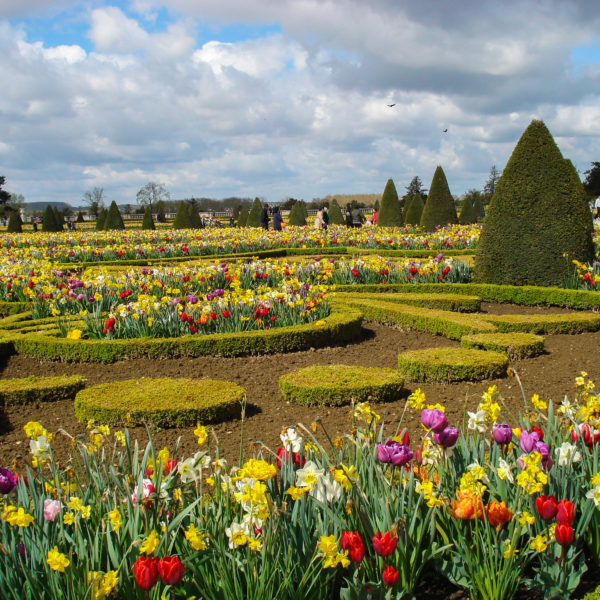
Marie Antoinette lived the life of luxury in this magnificent palace and she remains one of the most iconic people who lived at Versailles. She enjoyed entertainment and loved balls (as do most teenagers). She frequently entertained in her apartments where she would gamble and lose large sums of money playing billiards and cards. She also devoted a lot of her time to fashion and was known to interfere in the choices of her hairstyles and dresses.
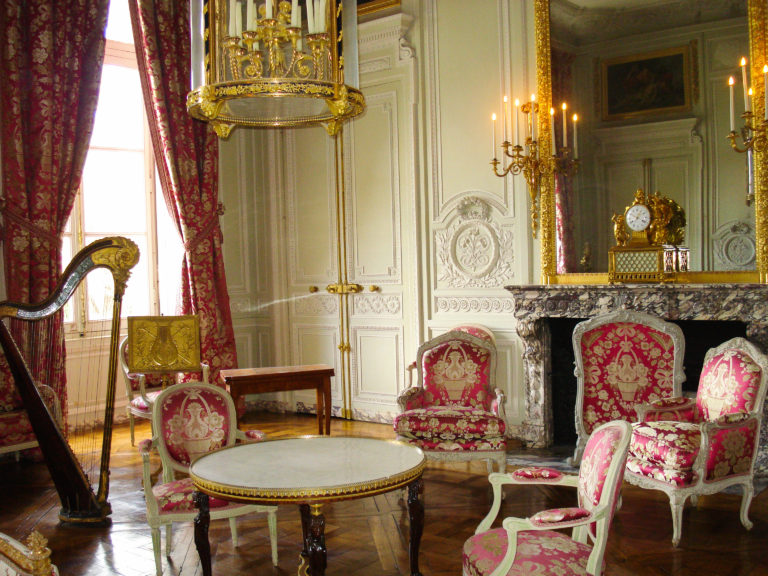
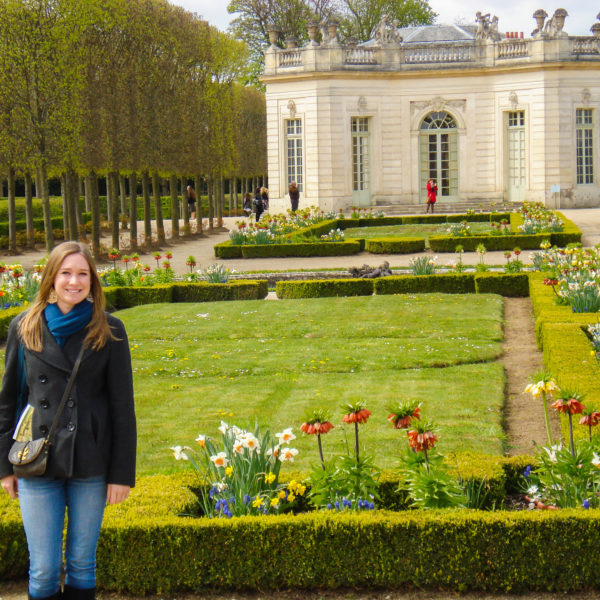

King Louis XVI gave this chateau to Marie Antoinette upon his accession to the throne. Le Petit Trianon is a small chateau located on the grounds of Versailles and some visitors don’t even know this chateau exists. The chateau and the surrounding park were exclusively for Marie Antoinette’s use and enjoyment. She would come here to escape the formality of court life and her royal responsibilities with her inner circle.
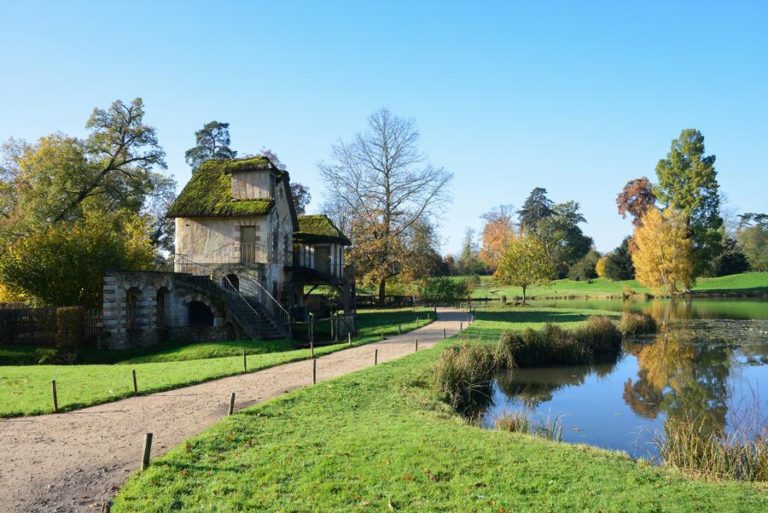
In 1783, Marie Antoinette ordered the construction of her hamlet to experience the simple charms of country life while still surrounded by her lady’s companions. It is comprised of 10 small buildings with a rustic appearance set around a lake. It was a real-working farm that produced many supplies for Versailles’ kitchen.
Not many visitors venture out to the Queen’s Hamlet (which is also located on the grounds of Versailles) but it is so fascinating to see the simple interiors. You could take a guess that Marie Antoinette used this as sort of a “playhouse”.
Marie Antoinette was often scrutinized for her overspending during her time at Versailles. Her public figure began to deteriorate when the country was starving yet she continued living in luxury. The famous quote “Let them eat cake”, which there is no record that she actually said this, did not help her circumstances.
The Revolution broke out and Marie Antoinette was imprisoned in the Temple for a year beginning August 10, 1792. The Temple no longer exists as it was demolished in 1808 but it’s current location is a station of the Paris Metro serving the Palais de Justice in the 3rd arrondissement.
On September 21, 1792, the fall of the monarchy was officially declared, and King Louis XVI was executed on January 21, 1793. Marie Antoinette plunged into a deep mourning and on the night of August 1, 1793 she was moved to an isolated cell in the Conciergerie as prisoner #280.

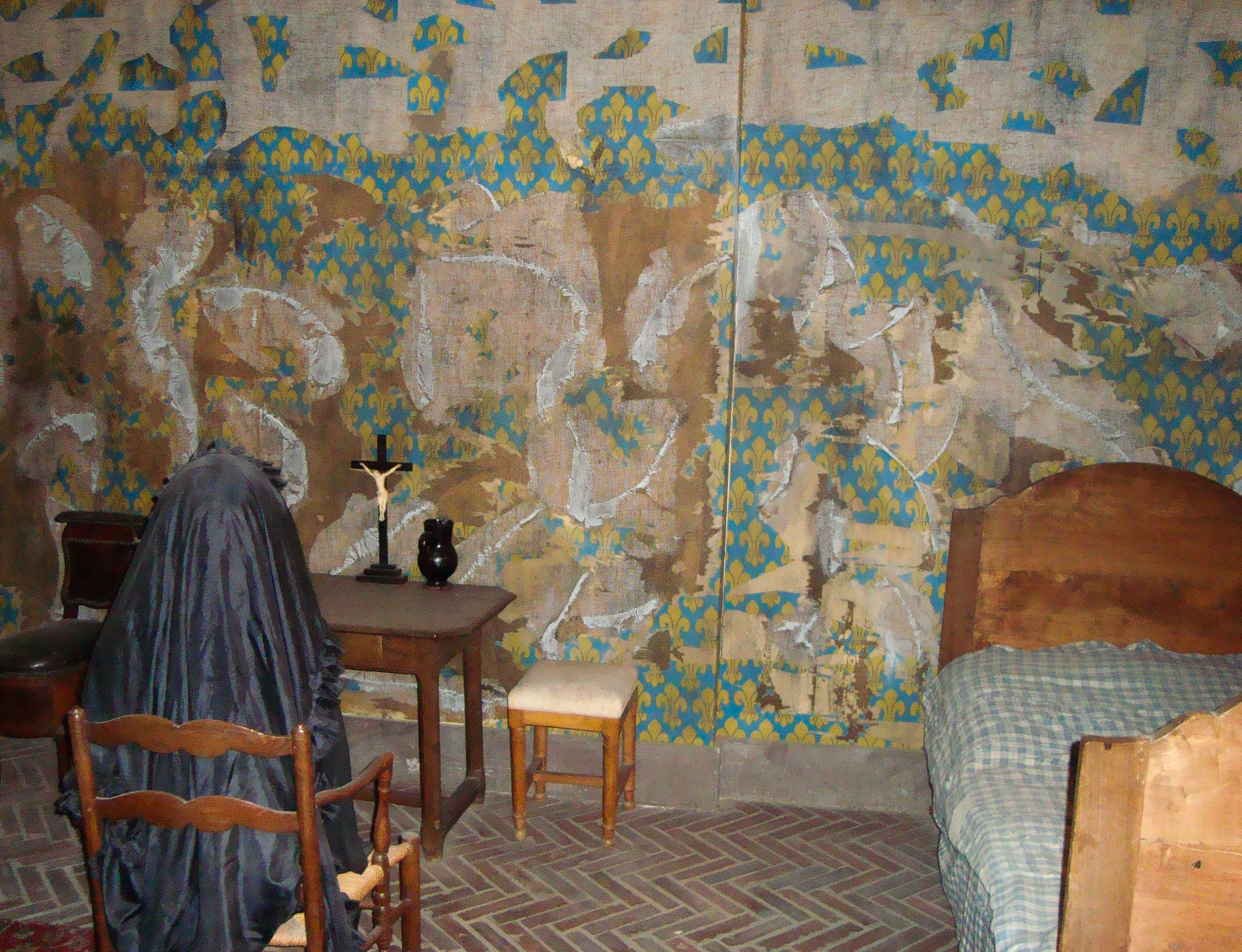
This was the most difficult portion of her captivity as she was under constant surveillance with no privacy. Her cell was extremely small with only a bed and a small table, which was very different from the luxuries of Versailles.
On October 14, 1793, at 37 years old, she was tried by the Revolutionary Tribunal and declared guilty on October 16th. The main three charges against her were depletion of the national treasury, conspiracy against the internal and external security of the State, and high treason (the worst crime of all). She was to be beheaded the same day at 12:15pm at the Place de la Révolution (present day Place de la Concorde).
The Place de la Concorde is one of the major squares in Paris and features the Obelisk of Luxor (a huge Egyptian obelisk decorated with hieroglyphics) and two beautiful fountains on either side of the plaza.
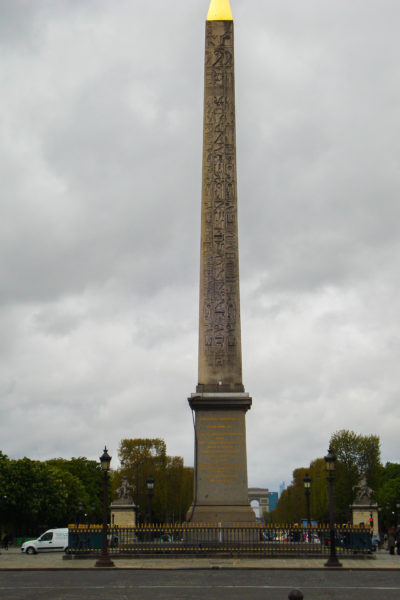

During the hour ride to the guillotine, she had to sit in an open cart with her hands bound behind her back while receiving insults from onlookers. She was beheaded and her body was thrown in an unmarked grave in the Madeleine cemetery.

Thankfully, both Marie Antoinette’s and King Louis XVI’s bodies were exhumed on January 18, 1815 and received a proper burial three days later at the Basilica Cathedral of Saint Denis. The Cathedral is a beautiful large medieval abbey completed in 1144 and all but three of the Kings of France are buried here.
This concludes the brief historical tour of Marie Antoinette’s life in France but her life at Versailles will always be the most exciting and interesting part to me. If you loved the 2006 Marie Antoinette movie as much as I did, I would definitely recommend reading Marie Antoinette: The Journey by Antonia Fraser as this book was the basis for the movie.
Until next time,

Copyright 2020 A Girl's Travel Diary

Leave a Comment